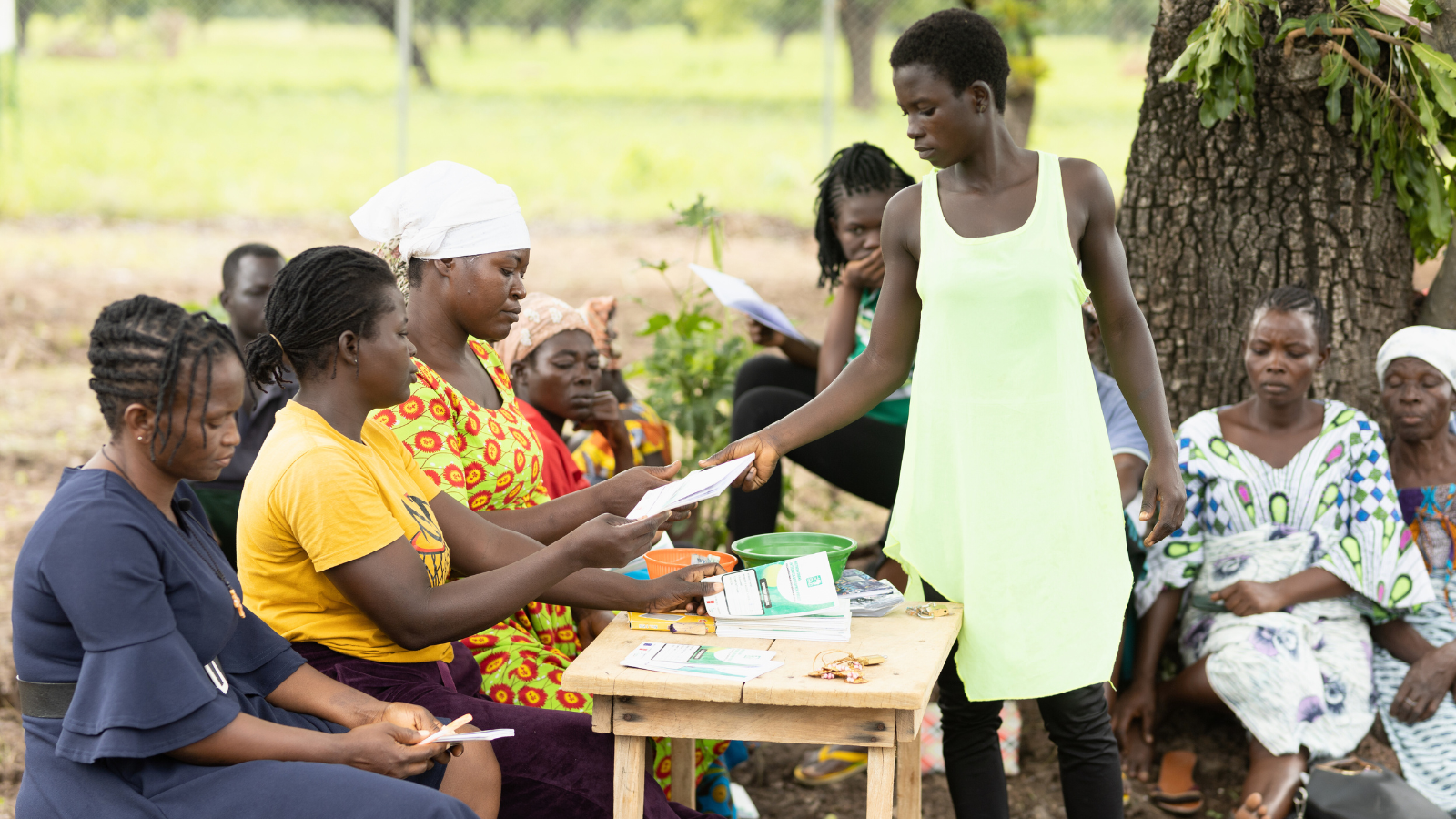
Can money grow on trees? Our methods, explained
07th August 2024Unexpected hospital trips, emergency home repairs. For many of us, being able to save for a rainy day provides a crucial safety net needed to live comfortable lives. But for women living in rural Africa’s drylands, living on the poverty line means savings are an impossible luxury. On top of this, women are often barred from accessing finance, credit or loans that could help see them through difficult moments.
But things are changing. And it’s nature that is offering a solution. From joining village savings and loans groups to developing sustainable business enterprises, women are coming together to earn better incomes, save together, restore their land, and help build financially secure futures for themselves and their communities.
We demistify some of the business terms and structures in this blog.
Village savings and loans associations (VSLAs)

In African dryland countries, basic necessities including education and medical care are not free. For many women, they shoulder a triple burden of responsibilities: caring for their children, supporting others in the community, and trying to earn enough to pay for essential things like school fees, uniforms, books and writing equipment. That’s where village savings and loans associations (VSLAs) can help. So how do they work?
VSLAs are groups of 15 to 25 people, mostly women, who save together and take small, low-interest loans from those savings. The group is self-managed and sustainable, as members of the groups can decide themselves the amount of money to save each month, the amount of loan possible and interest rate.
The loans given are small with low interest rates, and provides people with a safe alternative to accessing loans in rural areas. The loan can be used by members as they like, for example investing to grow their own businesses, paying for school fees, or paying for funeral costs.
Village tree enterprises (VTEs)

Ever heard the age-old adage that ‘money doesn’t grow on trees’? Well, in this context it can. Village tree enterprises (VTEs) are small groups of around 20 to 50 members, set up by local communities to care for trees, and grow incomes through selling tree products.
From shea butter to dried mango, moringa leaves and cashew nuts – rural women support one another to grow incomes sustainably, in a way that doesn’t damage trees or cut them down for their timber. Through training sessions, and access to tools and warehouses for storing goods, these amazing groups empower women to lift themselves out of poverty, as incomes from tree enterprises can provide a way of earning money even during the dry season when little else grows.
Another benefit of VTEs is that members receive extra training through enterprise development plans. This means they can grow their businesses by setting collective prices for goods, which helps all members of the group to fetch higher prices for their products at local markets and along the value chain.
Cooperatives

In the areas where we work, gender inequality means that even while women and girls are more likely to depend on natural resources for their survival, they are less likely to have selling power for their goods at local markets. Women’s cooperatives are challenging this. So, how do they work?
Cooperatives work by bringing together multiple groups of VTEs into one cooperative group. This ultimately helps all of the groups and group members, because formalised cooperatives are afforded legal rights and things like local representation, group bank accounts and investment opportunities, which smaller VTEs might struggle to receive.
This strategy, together with effective entrepreneurial training sessions, empowers cooperative members to set prices, increase their selling power and make informed decisions on land use that benefits their communities.
Another amazing benefit is that financial investment can be put towards growing each VTEs enterprise, for example through building warehouses, and buying specialist machinery so that non-timber forest products can continue to be produced and sold even during the dry season.